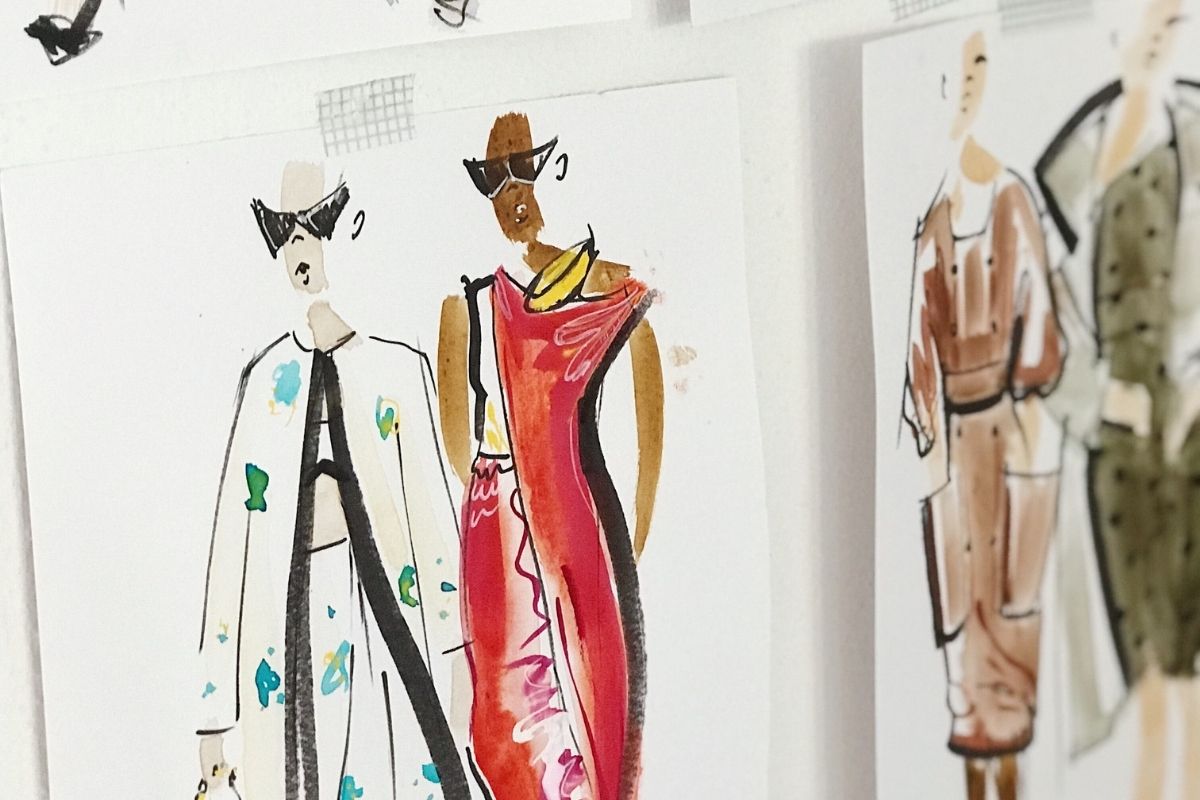Planning the Product Range: Grow the Business, Grow the Range
As a fashion company grows, they need to sell more than just one product. Typically, a fashion company starts with that one great idea – that perfect dress that’s perfectly on trend and everybody wants it. From there, you have to grow your business and think about how to scale. In fashion business, the typical way one does this is through building a range of products.
It might seem quite simple to think of just adding bags and shoes to our mix, but it really is much more than that. The most expensive part of any sort of business is creating new concepts. They take a lot of time and typically take several samples to get right. In other words, somebody has to make a full bag or dress before we know if it fits right and if it’s in line with our other products in terms of quality. This can take some time and it’s quite expensive.
You must be careful in terms of new products you’re going to include because of the added overhead. Another piece you have to consider is the expertise. If your expertise is in creating and designing ready-to-wear clothes, you probably didn’t have fashion education to learn how to make bags or shoes. Shoemaking is a very complex art form.
In terms of sourcing materials, you’re going to have to source from completely different places. For instance, you can’t just decide to make denim if you’ve been making pants, they’re very different. You have to have different machines in order make denim. You’re going to need the expertise of somebody who knows how to design it from a technical point of view as well as production that can scale and make enough to sell for it to be worthwhile.


